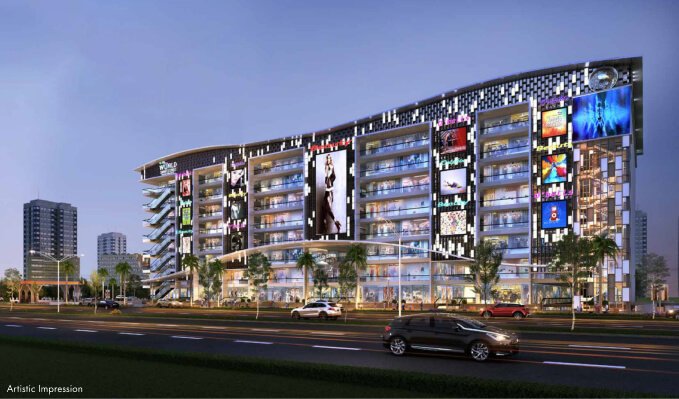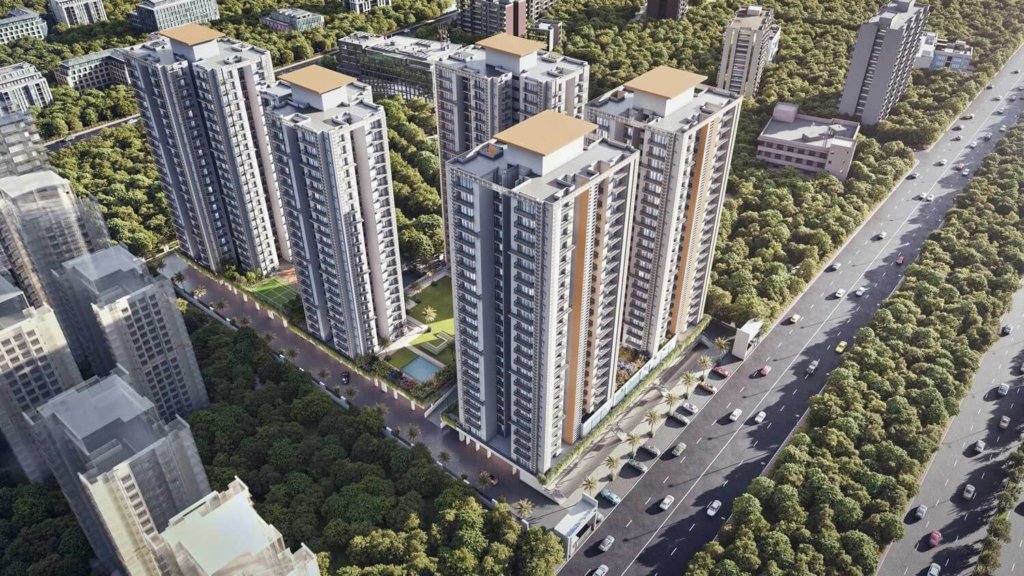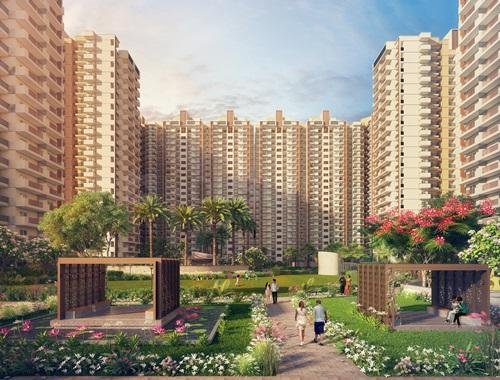
Indian real estate has seen a drastic transformation in the recent past. The post-taxation period has witnessed ample economic shifts, globally altered uncertainties, and far-reaching impacts due to the COVID-19 pandemic. Emerging from the aftermath of the pandemic, the industry now is at a critical point on the cusp of entering its new era of growth-promising evolution in consumer preference, novel technology, sustainability imperatives, and migration towards Tier 2 and Tier 3 cities for it as it enters 2024. These forces not only transform the industry but also our very worldview we carry in our minds related to real estate as a long-term asset class.

Having previewed the trends for now, let’s leap directly into the major trends which are going to define the Indian realty landscape in 2024 and thereafter.
- The Flexibility Boom: Hybrid Work and Agile Offices
The post-pandemic work culture forever changes the face of how offices will be approached in the business world. Flexibility boom from the remoteness of working starts blurring but entwines with elements that blend flexibility through remote location while retaining all the goodness of an office setting. Companies would be seen doubling down on more flexible workspaces capable of adapting different styles of working for greater employee health and accessibility to the office.
Hybrid working models will change. It will be the path taken as companies adopt customized Return-to-Office policies by accounting for how employees wish to commute and choosing a site based upon accessibility. Suburban office locations will be most in favor since companies will seek to produce offices closer to where employees live to reduce the potential commutes and enhance work-life balance. At the same time, investments by companies would concentrate more on dynamic office designs that center on health, well-being, and employee engagement. Many tech-enabled workspaces will support seamless connectivity for hybrid meetings, and functionally designed workspaces that encourage collaboration and innovation.

- Sustainability is now an absolute necessity
It is urgent now in development-from just an add-on benefit to an absolute necessity in real estate development. As buildings contribute to about 40% of the emissions of greenhouse gases, a large number of developers and investors are planning their strategies according to green building practices and eco-friendly technologies. In this regard, the concept of sustainable real estate is going to change further in 2024; definitely on a mass level, there will be a demand for Grade A developments, especially in the residential as well as commercial sectors.
The new feature, or the new trend, in India’s real estate space green-certified buildings are driven both by environmental responsibility as much as investor demand for sustainable assets. Major developers are integrating energy-efficient HVAC systems, rainwater harvesting, solar power, and waste management systems into their projects. All these factors, along with occupiers- in particular, multinational corporations-upping ESG goals-will lead to increased demands for sustainable office and commercial spaces. Industry outlooks were framed in anticipation of seeing Grade A developments of the I&L sector reach 35-50% of overall stock by 2030, showing an exponential leap toward high-quality and sustainable infrastructure.

- Technology as a Pillar of Innovation and Efficiency
With technological enablement, the real estate sector is really going to see reinvention in 2024 in the way things are built, maintained, and experienced. Much more will be needed for digital to become the only driver toward better operational efficiency and a real estate experience of tomorrow when it comes to AI-driven project management, smart building technologies, and much more.
Proptech, or the intersection of technology and real estate, will be along the way to being nearly indispensable in the industry. For residential and commercial projects, this means IoT will give total control over energy consumption, security systems, lighting, AI with optimization of schedules regarding the maintenance of many assets on the property and reduce operational costs really. I&L expects technological advancement to surge on ahead supply chain resilience and planning for demand to make a warehouse smart and responsive to market needs.
The retail sector will experience a different kind of wave, one more stimulated by the technology stack. Seamlessness in the retail experiences between online and offline shopping experiences will be brought about by omnichannel retail. Advanced data analytics will help retailers build customized customer journeys; AR and virtual fitting rooms will be used in brick-and-mortar stores to increase engagement levels and walk-ins.

- Tier 2 and Tier 3 cities as growth engines.
It would continue to migrate to Tier 2 and Tier 3 cities in coming years. In this context, Lucknow and Indore, Surat and Coimbatore, to name a few, offer tremendous opportunities for developers, businesses, and investors due to a triple combination of increasing income levels, developing infrastructure, and high demand for affordable housing.
These small cities have huge potential for the retail, office, and industrial sectors, within which corporates have been consolidating their presence in the suburbs through hub-and-spoke office models. With more and more enterprises embracing hybrid work, these Tier 2 and Tier 3 cities will be satellite office hubs that allow enterprises to tap into broader talent pools and accommodate increased headcounts beyond the metros.
I and L segment will observe healthy growth in these cities during future with both the picking up of e-commerce and diversified supply chains. Better infrastructures of transport, government-sponsored infra development projects and rising demands for warehousing facilities and logistics parks will further make Tier 2 and Tier 3 cities more important for India’s supply chain transformation.

- Positive policies of the Government and increase of investment globally
Probably, the most viable factors for growth in Indian real estate are likely to be government initiatives. The regulatory reforms such as RERA, or the Real Estate (Regulation and Development) Act, and tax benefits for the first-time homebuyers have already streamlined market transparency and buyer confidence mainly in the residential segment. With these key regions now to be focused by the government on Affordable Housing and Smart City projects, the real estate investment activity should witness a significant spurt in the next phase.
However, global investors would continue to be prominent players in the Indian real estate market. A record inflow of $7.8 billion in 2022 is truly an exciting piece of news. For international funds scouting quality assets with sustainability in a country that has continuously seen an increase in demand for both commercial and residential spaces with a solid growth of the economy, it becomes an area of clear focus. Institutional investors will remain keen on investment-grade developments in core locations, partially focusing on office space with strong ESG credentials and industrial and logistics assets capable of growth in the long-term future.
Conclusion: The Year of Transformation and Opportunity
Indian Real Estate Looking at the course that Indian real estate has been taking throughout 2024, it is teetering on the brink of all change. Sustainability and technology are going to be the two cornerstones for growth; favorable government policies, increasing global investments, and the focus presently made into regions will provide a firm base for growth in the years ahead. For all-inclusive investor, developer, and the homebuyer, 2024 promises a landscape full of opportunity, innovation, and high growth potential.
